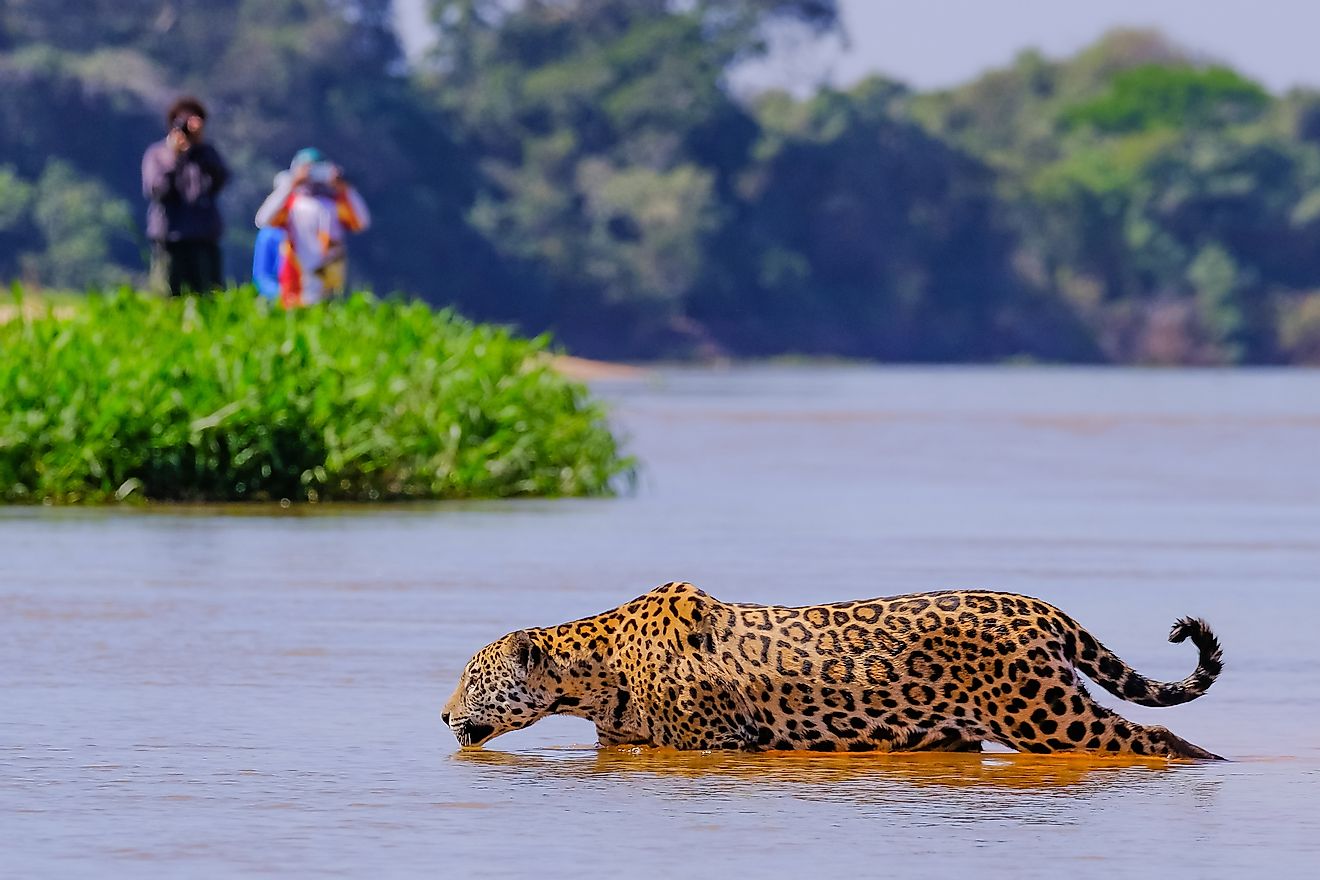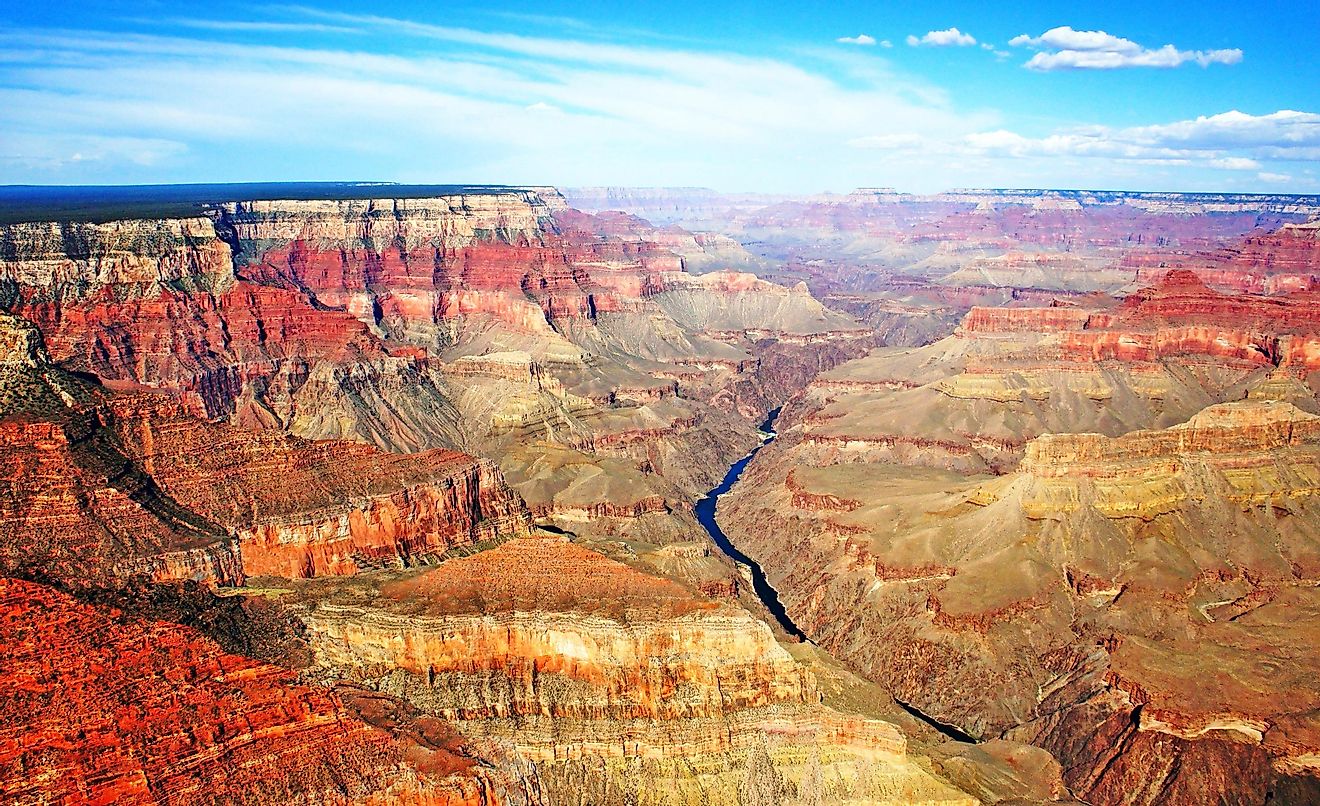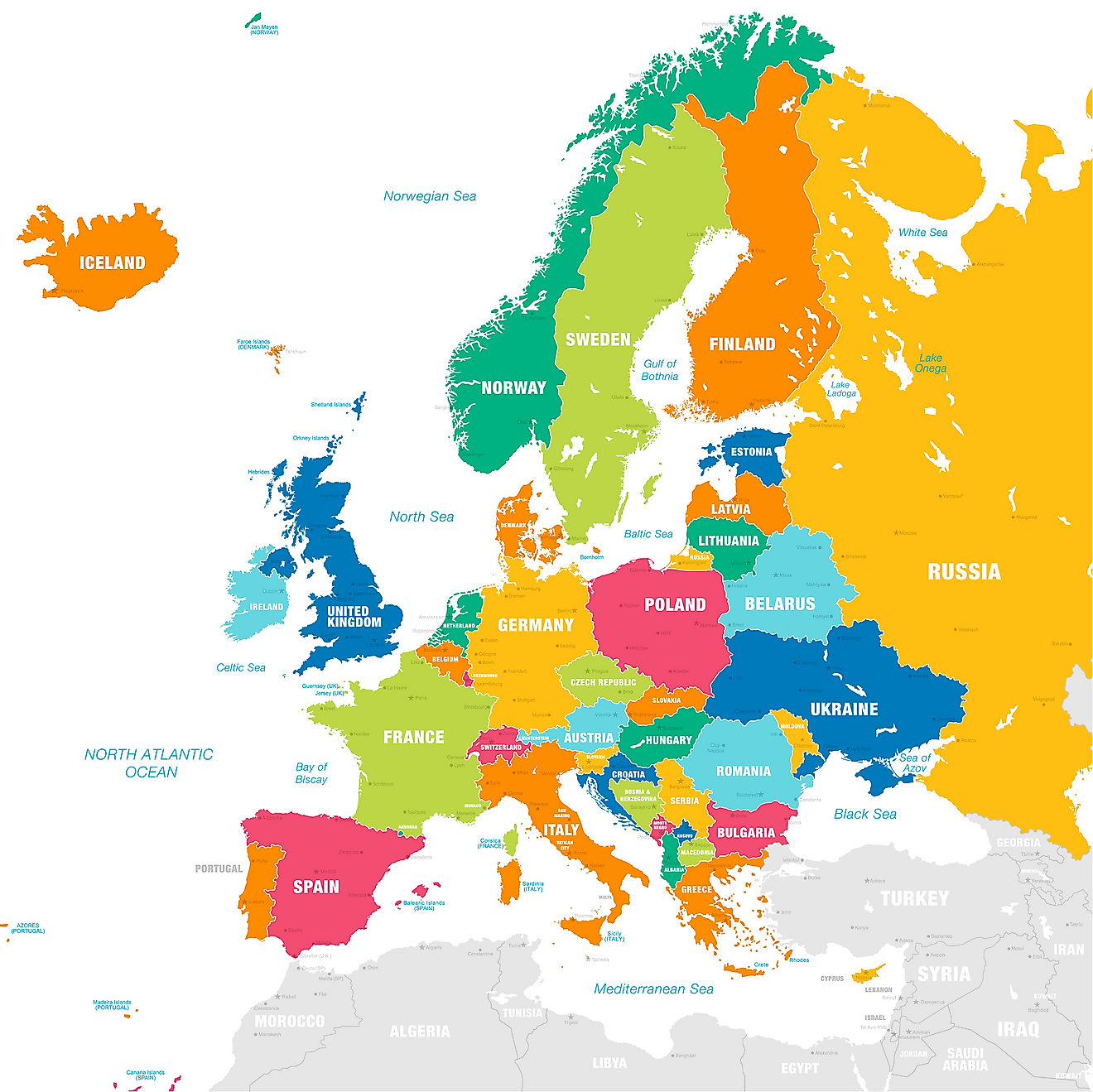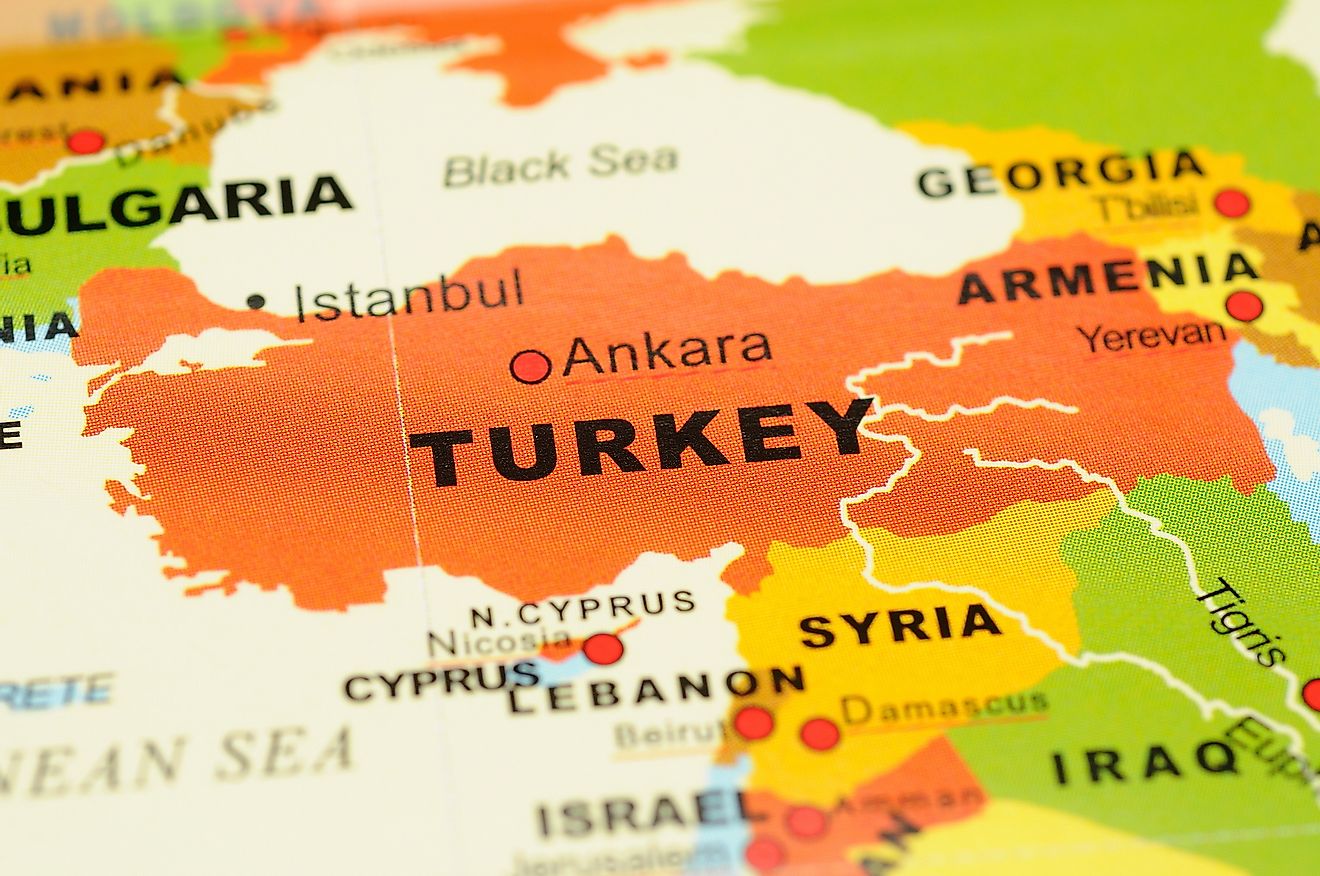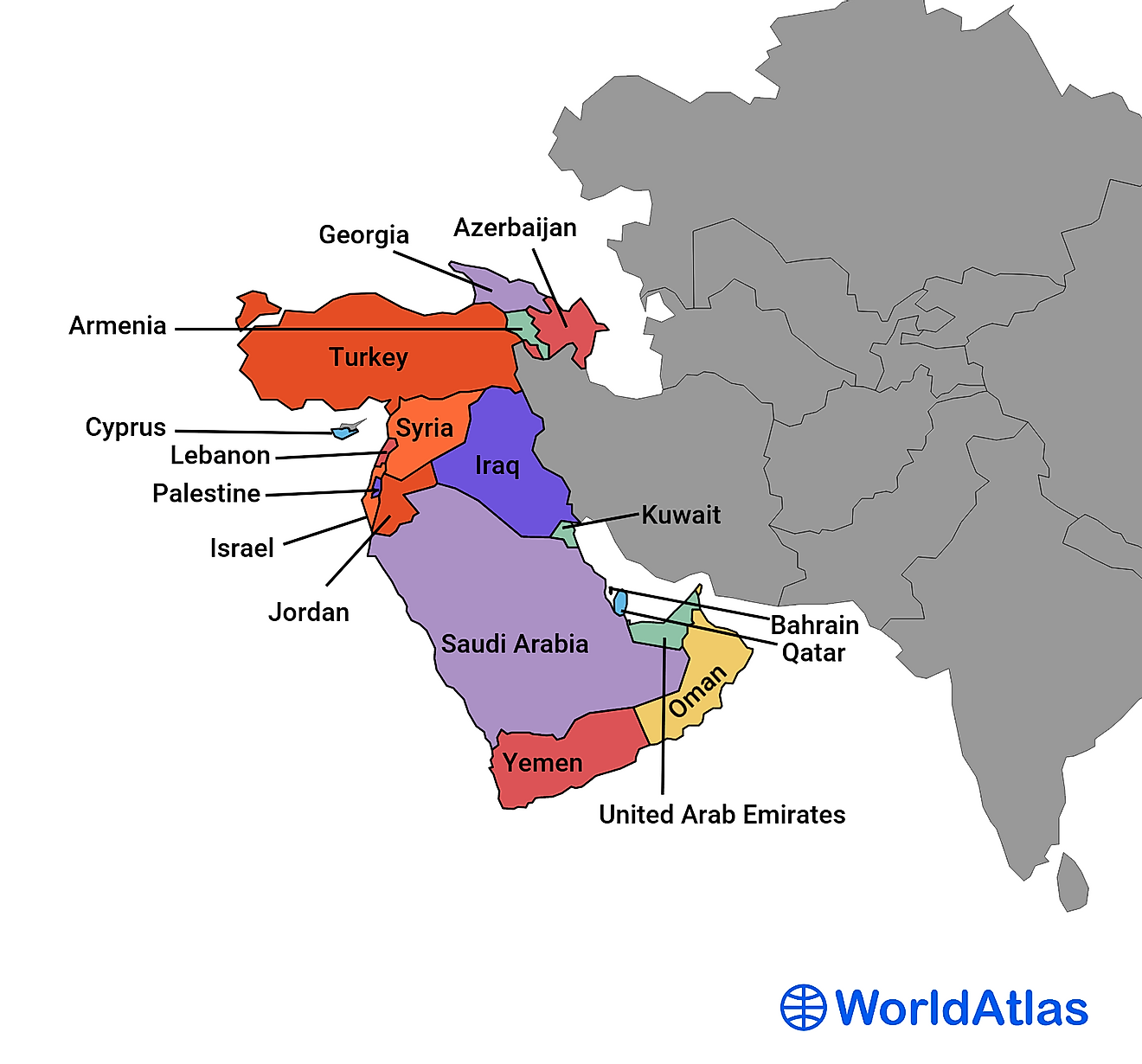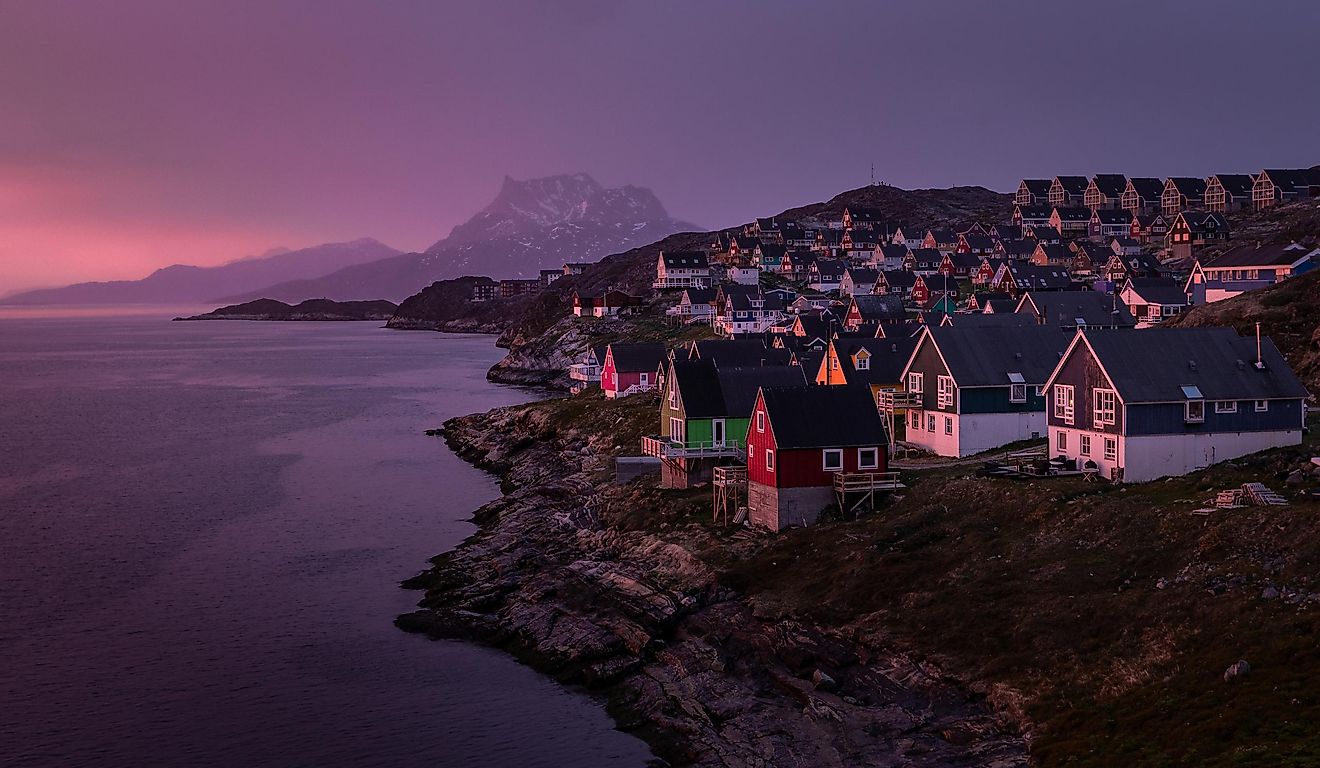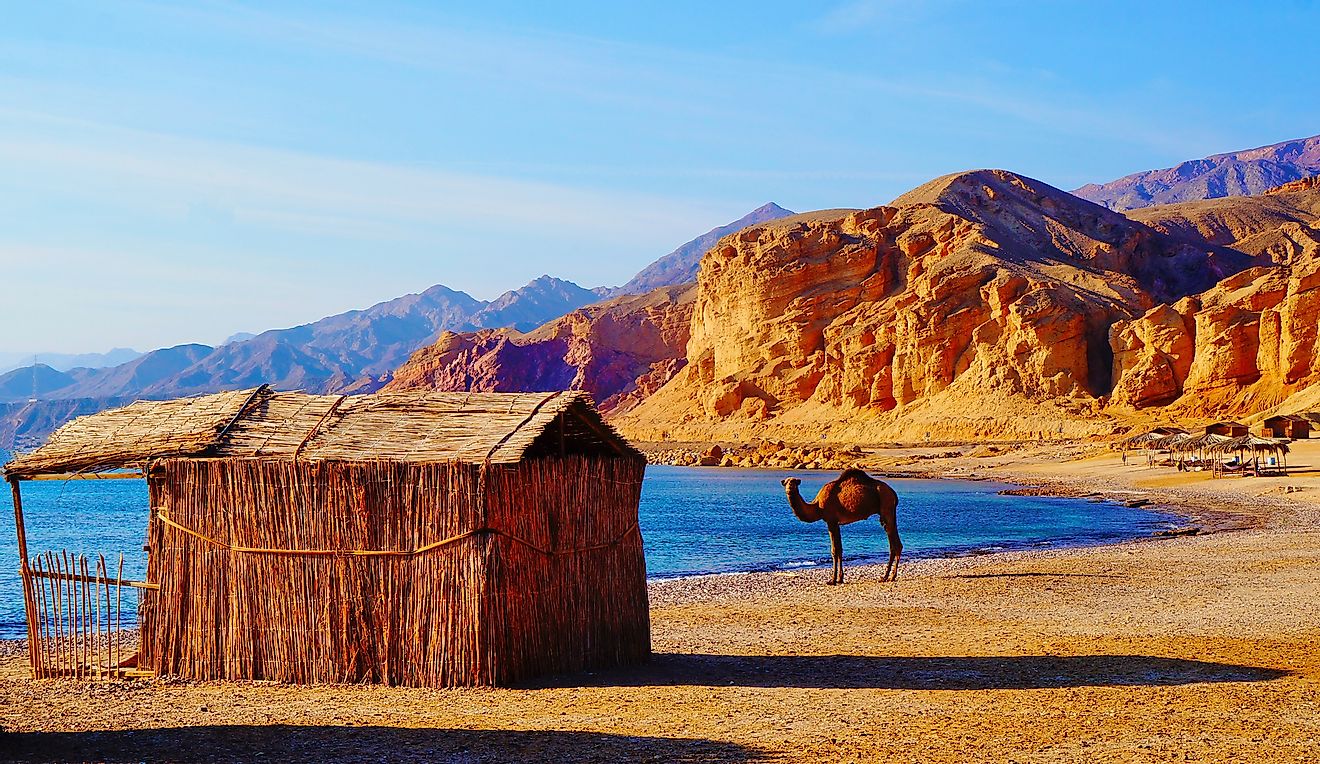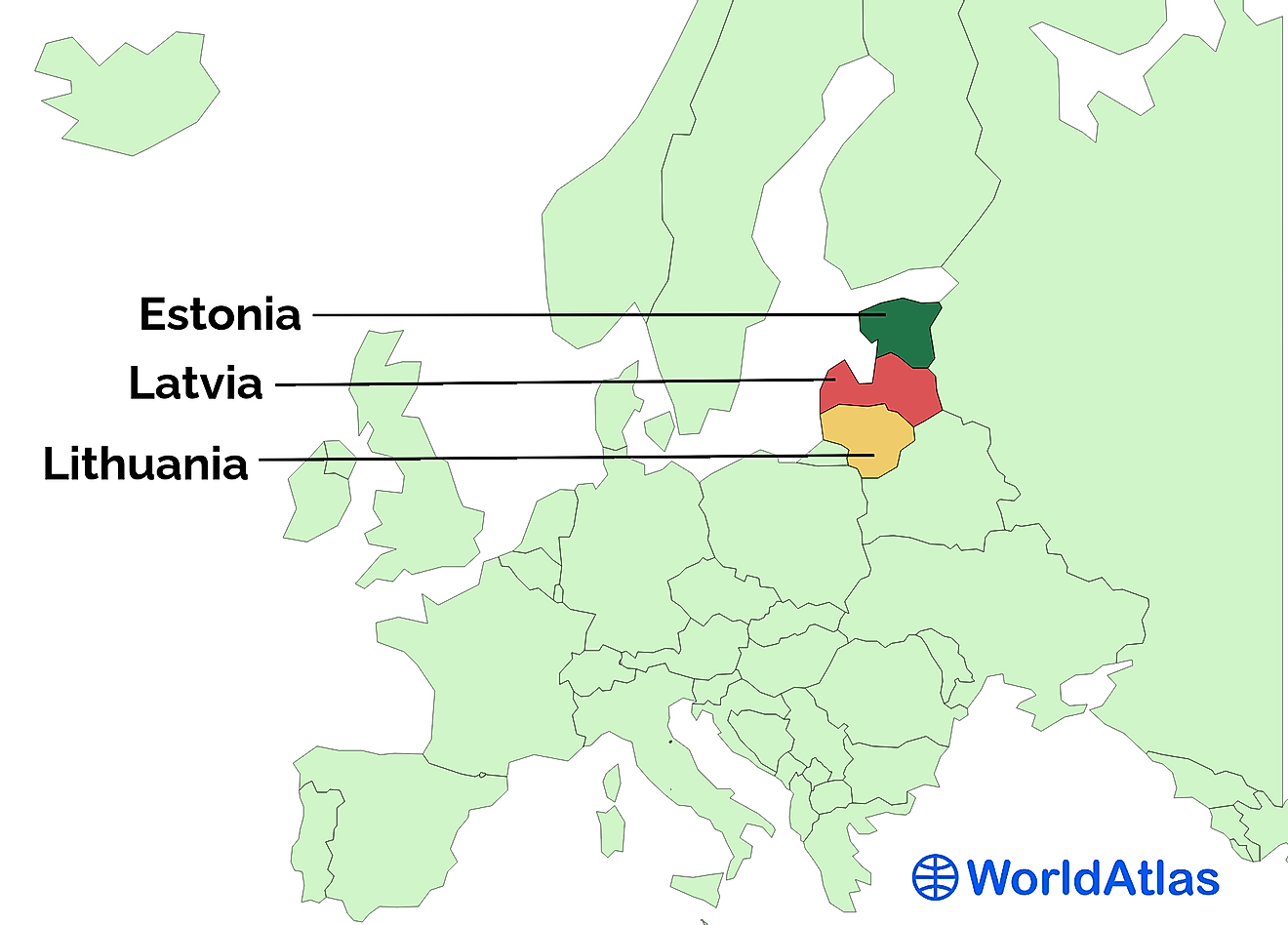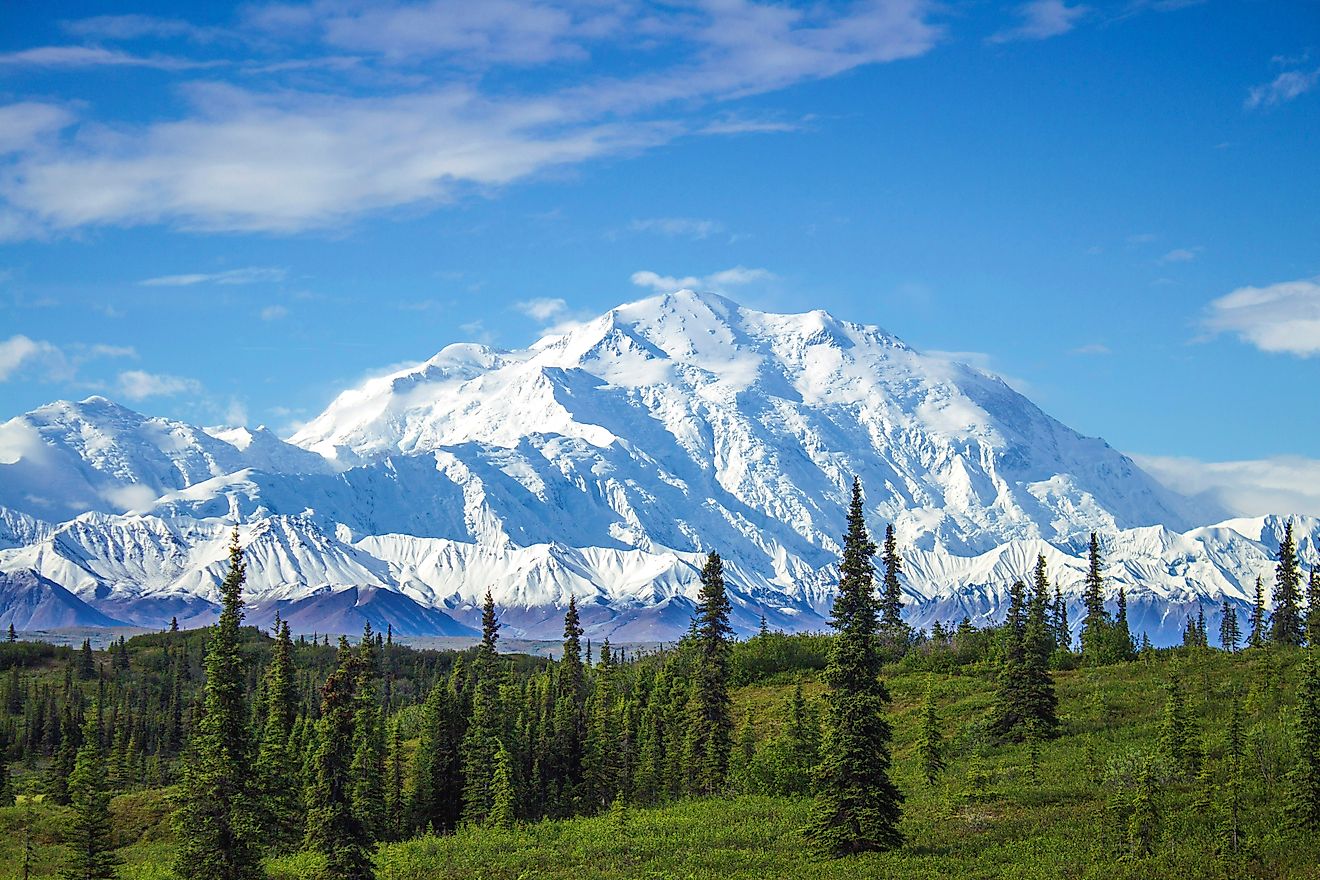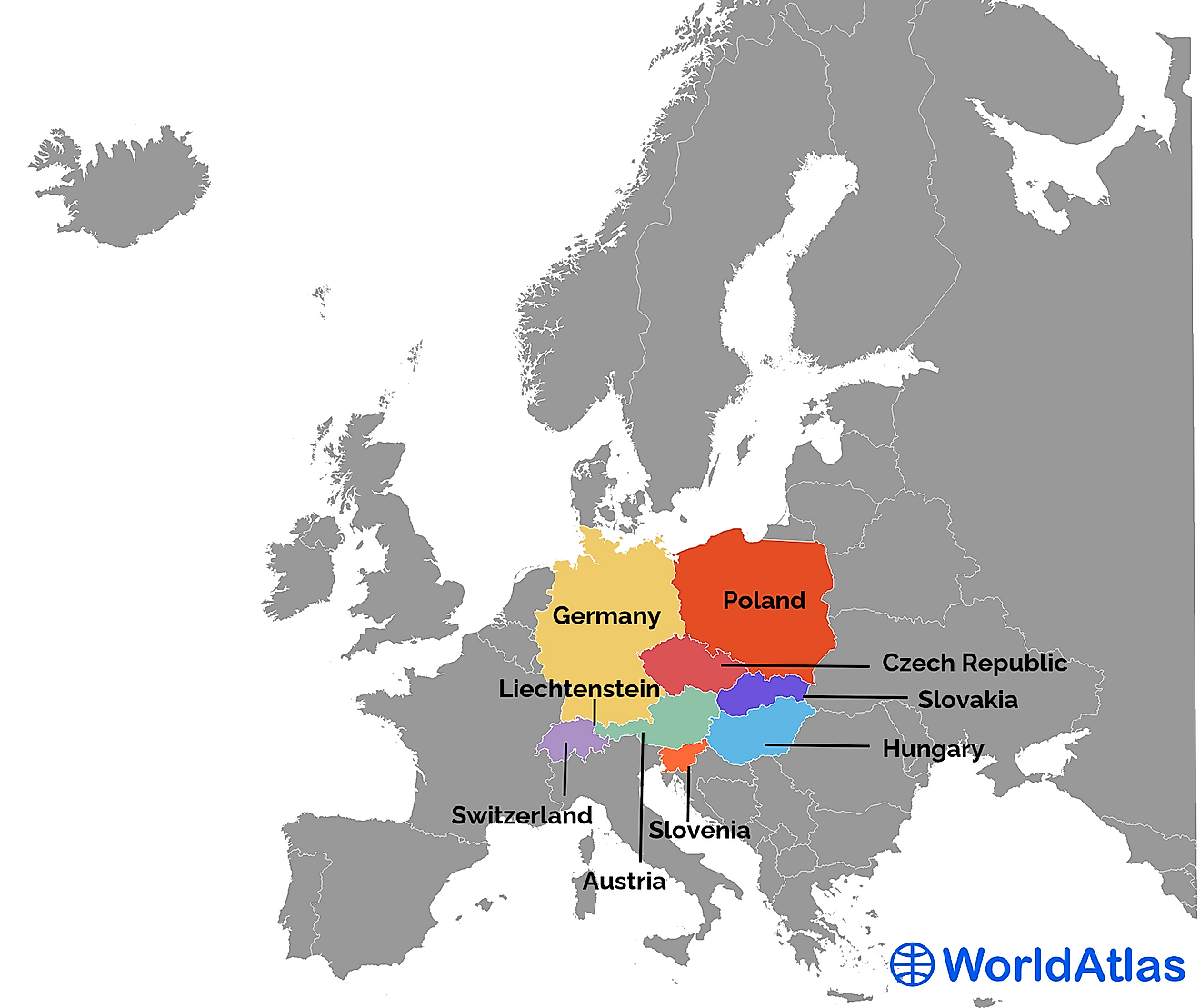Which Country Has The Most Lakes In The World?

- Most areas or countries with high lake densities are located in the northern parts of the Northern Hemisphere.
- Of the 1.42 million lakes around the world with a size of over 0.1 sq. km, Canada is home to a whopping 62% of them.
- Alaska has the most lakes in the United States, the country with the third highest number of lakes in the world.
Lakes play a vital role in influencing the weather patterns and ecology of an area. All the world's lakes together (more than a million) also have a significant effect on the global climate. According to a scientific study, the total shoreline length of all the world's lakes is four times longer than the total coastline length of the global ocean. Scientists are also worried that climate change will have a dire impact on the lakes of the world. In some places, lakes will dry up while in others, new lakes will be formed. Such changes might have adverse effects on the global climate. Hence, scientists feel that an inventory of the current status lakes of the world needs to be created to monitor the changes and study their impact on the environment around us.
Counting the number of lakes present in different countries thus becomes important as well. Knowing their numbers will help in monitoring them more efficiently. So, geographers from McGill University, Canada, conducted a study on the lakes of the world and prepared a list of 10 countries with the largest number of lakes. Only lakes that are 0.1 sq. km (10 hectares) or larger were taken into account. The study was published in Nature Communications in 2016.
According to the study, the 10 countries with the most lakes in the world are:
- Canada - 879,800
- Russia - 201,200
- USA - 102,500
- China - 23,800
- Sweden - 22,600
- Brazil - 20,900
- Norway - 20,000
- Argentina - 13,600
- Kazakhstan - 12,400
- Australia - 11,400
Where Are The World's Lakes Concentrated?
The study showed that most of the areas or countries with high lake densities are located in the northern parts of the Northern Hemisphere like Northern Canada, Scandinavia, Russia and Alaska. These areas were covered in massive ice sheets during the last Ice Age. The retreat of glaciers at the end of the Ice Age left behind hundreds of thousands of lakes that we see today.
Lakes are also concentrated in the alpine areas of the Himalayas, Rockies, and Andes mountains. Here glacial action and tectonic shifts lead to lake formations. Large floodplains of rivers like the Amazon River in Brazil and the coastal rivers of China also result in numerous lakes. Divergent plate boundaries like that in the African Rift Valley hosts deep lakes in significant densities as well.
Canada, The Country With The Most Lakes
According to the study, Canada is home to the largest number of lakes in the world. Of the 1.42 million lakes around the world with a size of over 0.1 sq. km, Canada is home to a whopping 62% of them. These lakes play a very significant role in shaping the water cycle of the country. However, very little is known about most of these lakes. According to the researchers of the study, lakes in Canada's north could be severely affected by the fast-melting glaciers due to global warming. Old lakes might drain out and new ones form. Hence, studying these lakes in detail becomes necessary.
The US States With Most Lakes
It is no surprise that most of the US states with the greatest number of lakes are found in the northern part of the country. It is the part that has experienced the most active glacial movement in the recent past. Alaska has the most lakes in the country but many of its lakes remain unnamed. Minnesota, however, has the most named lakes in the country.
The Case Of Finland - "The Land Of A Thousand Lakes"

As per the study, Finland does not feature on the list of top 10 countries with the most lakes. However, there are many articles stating that Finland has 187,888 lakes and that makes it the country with the most lakes in relation to the size of the country. In fact, it is estimated that Finland has one lake for every 26 persons. While this fact might be right to a certain extent, it must be remembered that the definition of a lake varies widely from place to place. There is no standard unambiguous definition of the size requirements for a water body to be classified as a lake.
Finland's 187,888 lakes include all water bodies larger than 500 sq. m or just a little larger than the size of a basketball court. However, the list in the study was prepared by taking into account only lakes that are over 0.1 sq. km or 100,000 sq. m in size which is the size of about 18.5 football fields. Hence, Finland failed to feature on this list.
Which country has the most lakes?
| Rank | Country | Number of lakes size > or = 0.1 sq. km |
|---|---|---|
| 1 | Canada | 879,800 |
| 2 | Russia | 201,200 |
| 3 | USA | 102,500 |
| 4 | China | 23,800 |
| 5 | Sweden | 22,600 |
| 6 | Brazil | 20,900 |
| 7 | Norway | 20,000 |
| 8 | Argentina | 13,600 |
| 9 | Kazakhstan | 12,400 |
| 10 | Australia | 11,400 |
